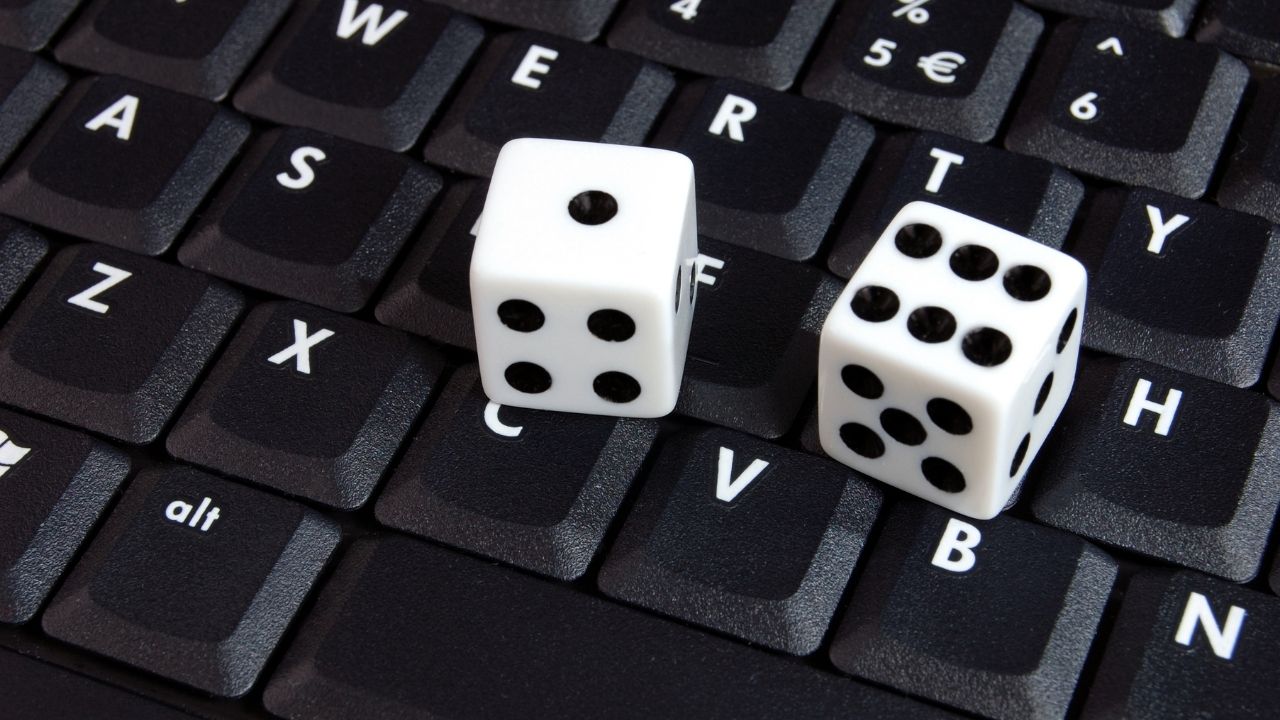Almost every person who has studied Indian history must have read innumerable stories on how kings have lost their wealth, kingdom, and queen to gambling. One of the greatest battles in Indian history, the Mahabharata, which is considered to date back to 3200 BC is believed to be an outcome of gambling. It is also said that the British East India Company could take over the entire country as the Nawabs of Awadh were engaged in playing chess.
The Ramayana which is believed to date back to 7300 BC, includes mentions about gambling boards and dice. Also, the Buddhist text mentions that Indians used to gamble with nuts as dice from the vibhitaka tree which relates to the early 300 BC. Eventually, it was replaced by the astragali from which the Passagame originated, also a form of gambling. The kings in the 15th century legalized gambling houses in India but with the development and changes in law several restrictions have been imposed over the years.
However, online live casino gaming is gaining momentum in India with several restrictions being eased to allow aspirants to engage in the game of luck. Today, people residing in India will be able to engage in online casino gaming some of which includes:
Teen Patti
Teen Patti is known to have close links with religious festivals in India, cultural heritage, and social gatherings. Also known as ‘flush’ or ‘flash’, the game originated in India and is popular in South Asian countries.
It is a simplified version of the 3-card poker involving 3to 6 players. The game uses a 52-card pack without the jokers in which a bet of a fixed amount as agreed to by the participants is placed. The player winning the base-winning combination gets it all.
In this game, the Aces have been ranked the highest with 2 as the lowest. The ultimate objective is to increase the pot value before reaching the end of the game.
Jhandi Munda
Though there is no clear information about the evolution of this game, the Jhandi Munda is believed to be played by the British Navy during the18th century and was known by the name of Crown and Anchor. This game is considered a cultural tradition that is mostly played during the festival of lights, or Tihar.
The game is based on luck in which the player will have to guess the sides of a dice that will land face up while the dealer shuffles the dice. The 6×6 sided dice will contain a heart, a club, a flag, a spade, a face, and a diamond as symbols instead of numbers.
Andar Bahar
This game originated in Bengaluru, a south Indian state in Karnataka, and is referred to as Ullae Veliaye in Tamil. Also known as Katti, the game of Andar Bahar has gained quite popularity in the north and south Indian states.
The boxes reserved on the left side for placing cards on the table are called Andar and the ones placed on the right side of the player are called Bahar. The dealer places a card face-up and the player bets on one of the two piles. The cards are then dealt alternately and the pile which matches the initial card becomes the winning pile.

